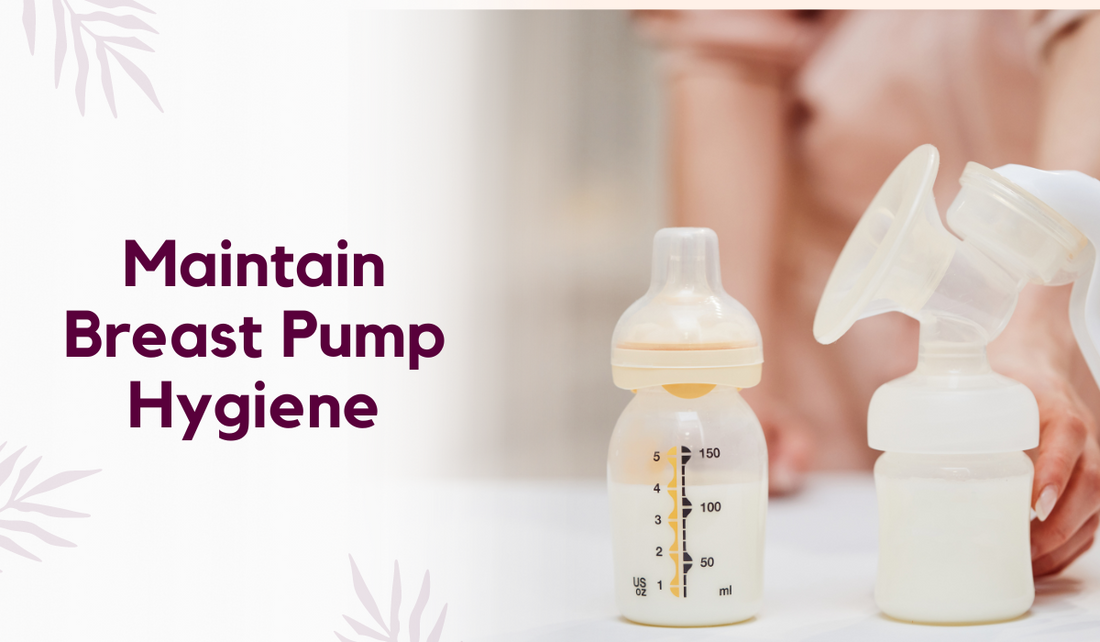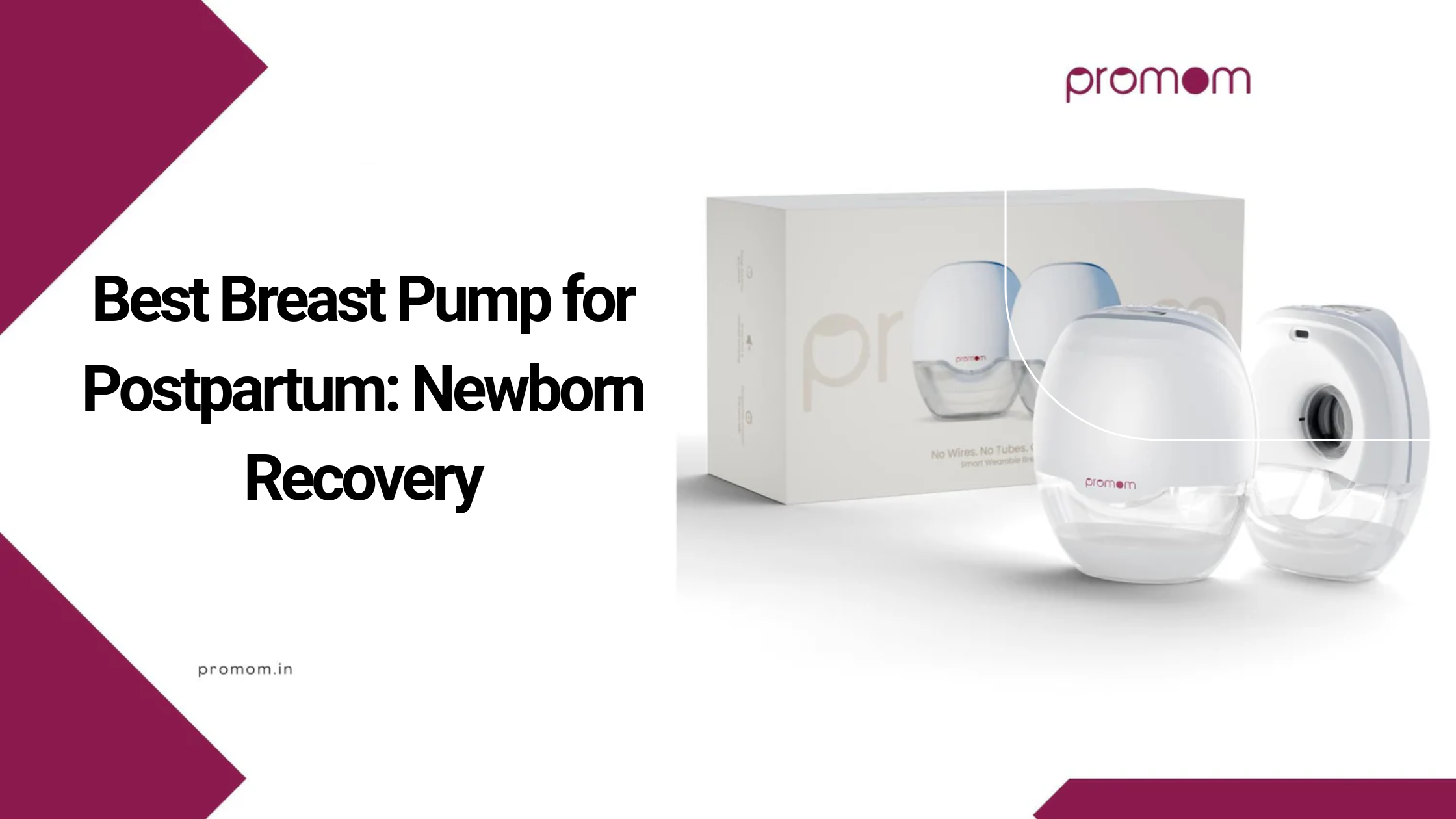
Maintain Breast Pump Hygiene
Breastfeeding is fulfilling, but the process is not without its hurdles especially when one is nursing at the workplace or when the mom needs to express breast milk frequently. However, there is one important aspect that women need to pay a lot of attention to during this journey – personal hygiene while using a breastfeeding machine. Maintaining proper sanitation of the pump is critical to safeguard the baby and the mother from bacterial or mold contamination amongst other related problems. Promom is here to direct you on how to maintain breast pump hygiene to ensure a healthy feeding session for your baby.
Washing Your Breasts Pump Parts
- Disassemble the Pump: To know how to clean a breast pump, always disassemble all the parts of the device that are in contact with the milk. These include the flange, the part that fits over the breast, the milk collection bottle, valves, and membranes that are inside the milk collection bottle.
- Rinse Immediately: Before washing them with running water to get rid of the milk dirt. Water should be cool or lukewarm to avoid stainer parts sticking to the protein in milk. Ensure that every hint of milk is washed off as we proceed with the next procedure.
- Wash Thoroughly: Rinse the parts of the pump using a clean basin but not the kitchen sink that may contain bacteria. Pour warm water and then add some mild, preferably, non–fragrant soap into it. It is required to use a soft brush to clean places that are hardly accessible. Do not use chemicals and antibacterial soap as these ’wash off’ products leave residue.
- Rinse Again: These should then be rigorously washed and after washing, each part should be rinsed in running water to ensure that at least all the soap residue has been washed off.
- Air-Dry: After washing, it is advisable to arrange the parts on another paper or better still a drying rack. The cards should be left to dry and should not be put away until they are absolutely dry. It is dangerous to dry the parts using a dish towel or cloth towel since it will introduce some bacteria or even some contaminants.
- Store Properly: After washing the parts make sure they are very dry to avoid contact with any other substance, Pack the parts properly where they will not catch dust. You can simply put all the items in a decanting jar or more preferably in a clean, sealable bag for the convenience of the next use.
Sterilizing Your Pump Parts
Sterilization of pump parts is very important to prevent your baby from catching diseases from you. In addition to washing, to remove the biofilm, it is advisable to sterilize the parts at least once a day. There are several ways to sterilize your pump parts:
- Boiling Water: Submerge the parts of the pump to boiling water for about 5-10 minutes. Ensure they are immersed to the bottom, and switch tongs with a clean set on removing the sixties as they boil. Let them dry on absorbent paper.
- Microwave Steam Bags: These are convenient with which you can easily sterilize your pump parts. Read the different instructions provided by the manufacturer on the right usage of these products. Make sure that the parts of the pump can afford a microwave and the possibility of sterilization.
- Electric Steam Sterilizer: The thing with this device cleans a breastfeeding pump by employing the use of steam. It is an effective way of sterilizing many parts in a short time to allow for other activities.
- Sterilizing Tablets: These are mostly used for sterilization of baby bottles but can be very suitable for pump parts. The parts should be soaked in water where the tablet has been dissolved according to the instructions.
Further Recommendations for Cleaning of a Breast Pump
- Inspect Parts Regularly: Materials such as valves and membranes eventually fatigue, degrade, or crack, and cause possible contamination. These should be checked now and again and replaced as they wear out.
- Use Dedicated Cleaning Tools: Do not use the same sponge or brush, which you employ on the normal washing of dishes. However, there are some specific accessories that you are supposed to use when washing your pump.
- Follow Manufacturer Instructions: Breast pump models may have different models and care instructions for each of the products they offer. It is always important to consult the manufacturer’s manual for you to know the right steps in cleaning and maintaining your pump.
Conclusion
As part of keeping your baby protected from the transmission of bacteria, it is very important to clean your breast pump properly. To ensure that your pump serves you and your baby well, clean it and make sure it is well maintained for a few minutes more and go get your baby. Cleaning a pump is quite important not only to eliminate bacteria in the breast milk but also to improve the process of pumping and minimize discomfort. To buy yours today, visit Promom!


